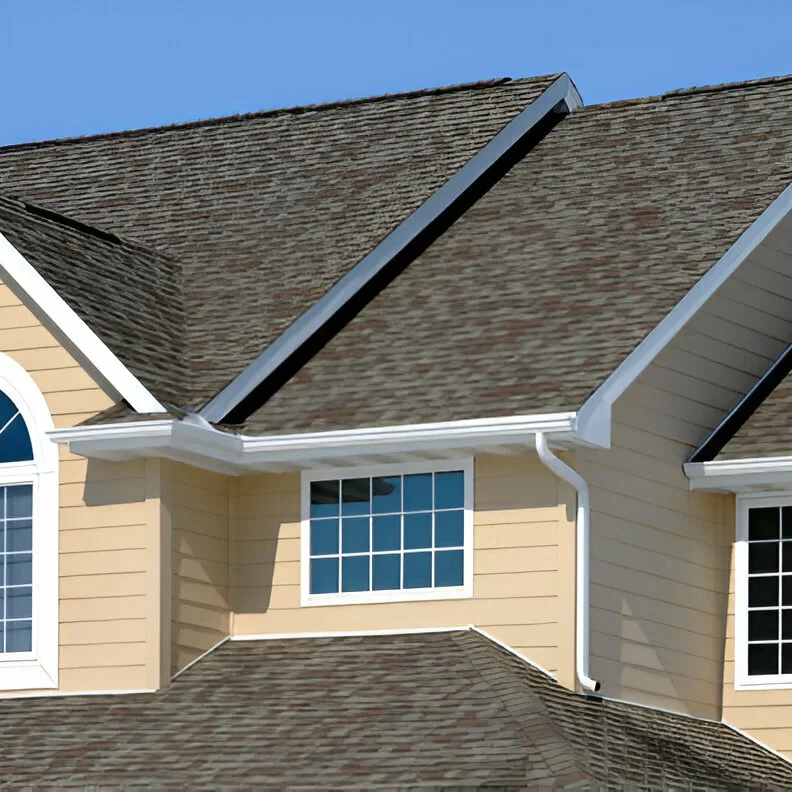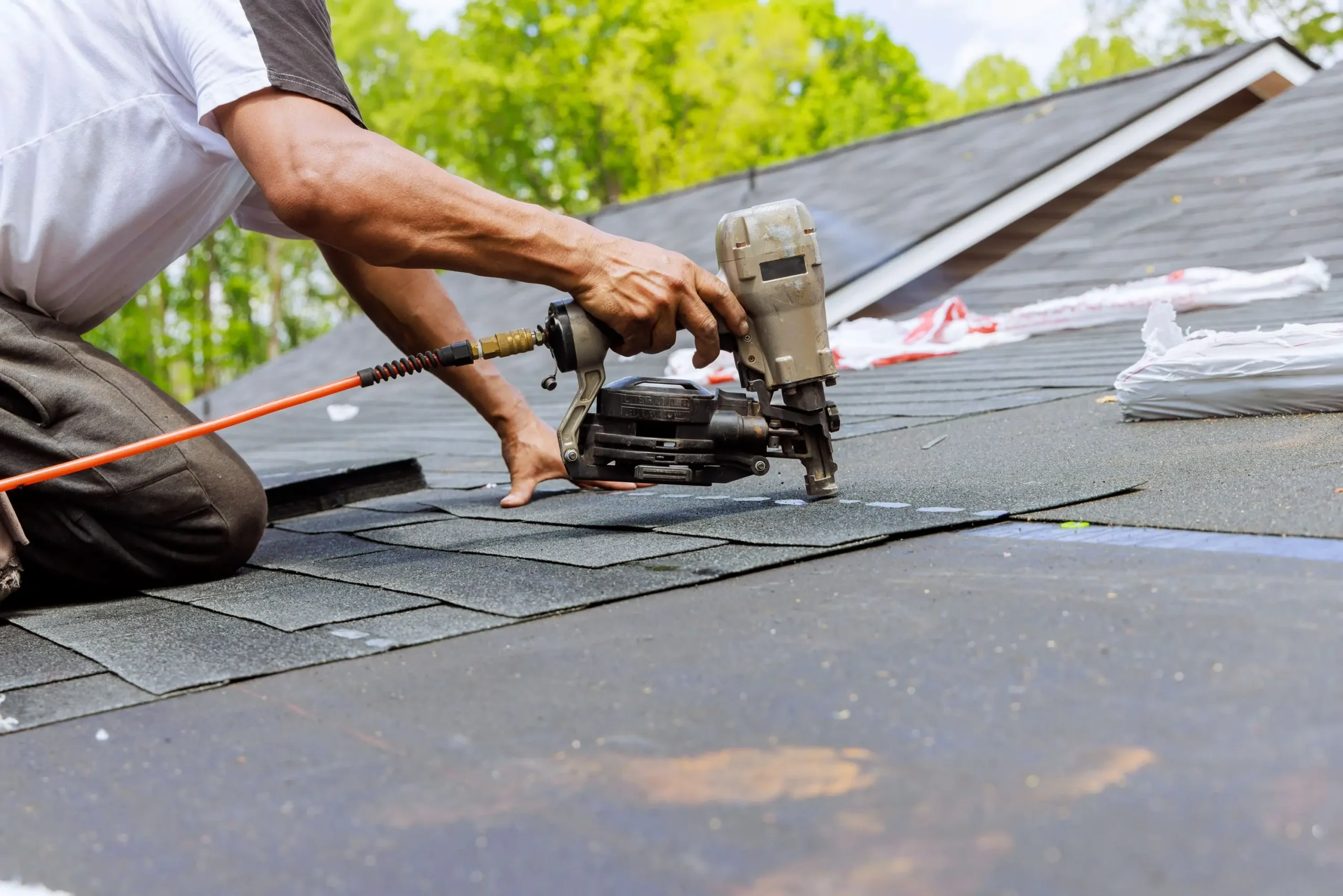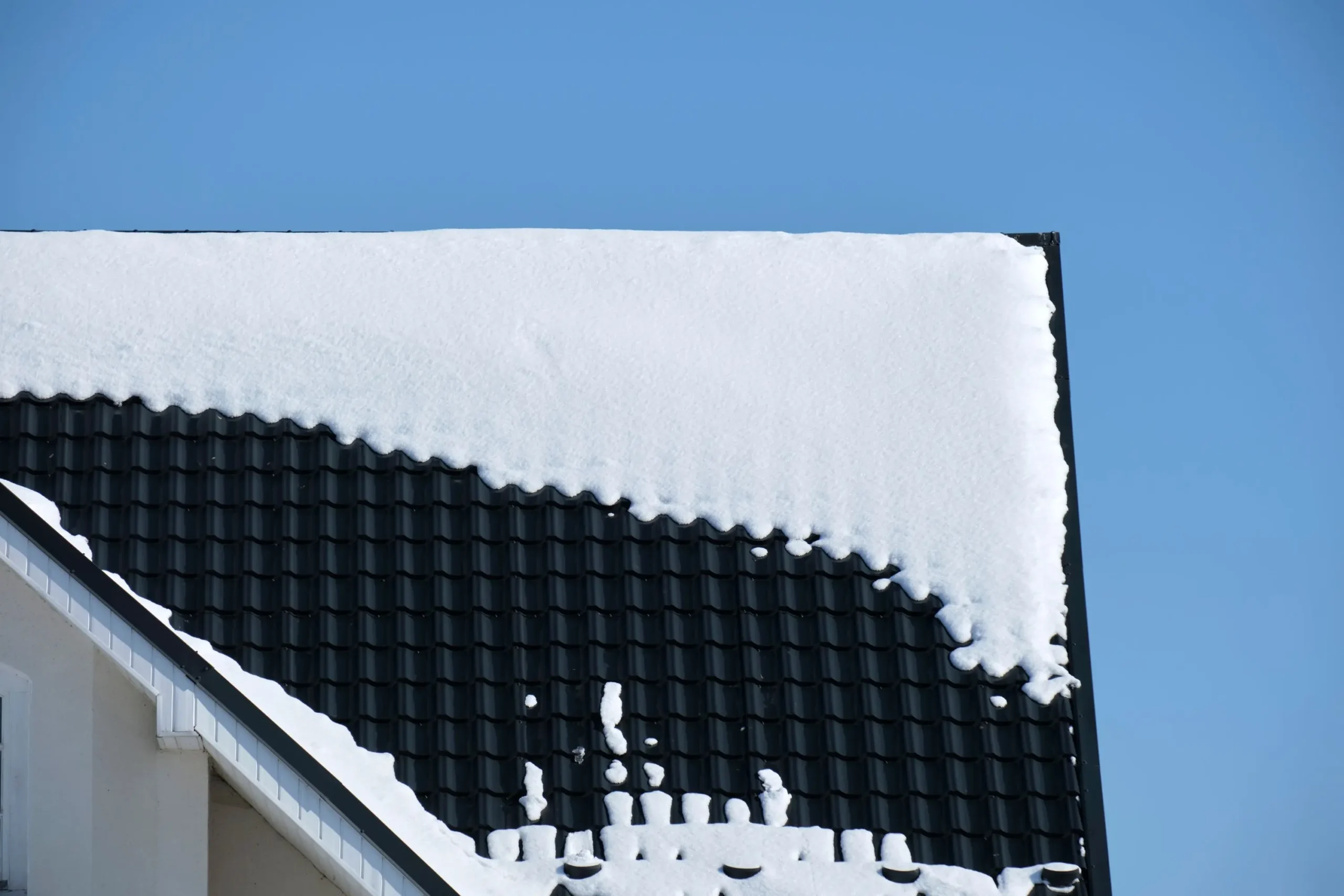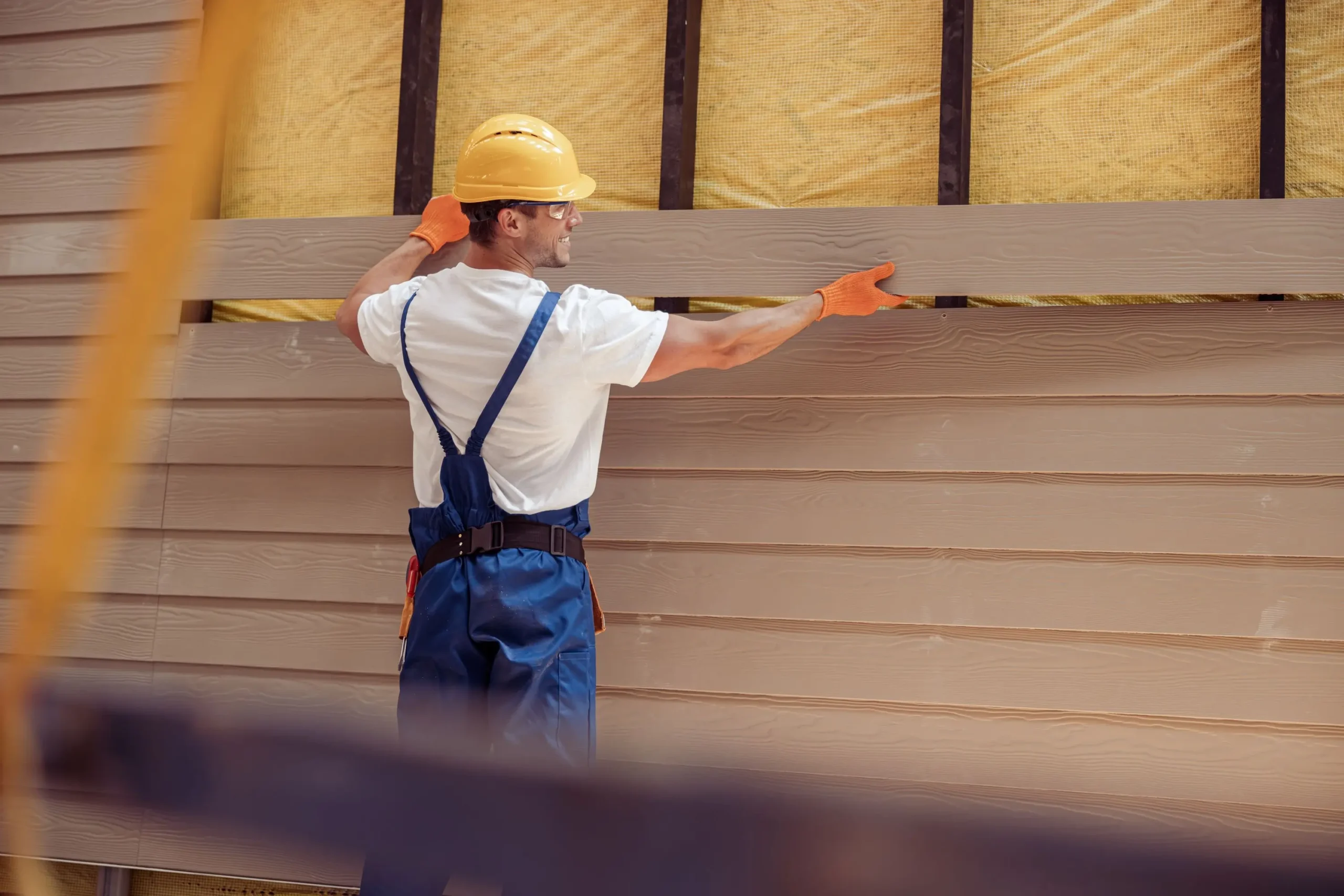Winter presents unique challenges for homeowners, especially
about roof maintenance. The pressing question is: Is it workable
to patch a roof during the colder months? The answer is yes,
but it requires specific precautions and considerations.
In this guide we will learn about Patching up a roof so let’s dive in!
Understand the Hardship of Winter Repairs
Working on your roof can be difficult when it is cold, there
is snow or ice present. Brittle materials such as asphalt
shingles can be easily damaged during installation or repair
work. Besides, adhesives for roof repairs can lose their
strength during cold weather, which could weaken the results.

Best Tips for fixing your roof in winter
Although repairing your roof in winter is not impossible,
it needs to be organised and well planned. Go with Roofing
Materials Made for Cold Weather: Always pick products
made for winter use. Snow or ice on a roof makes it more
dangerous. Prioritising safety cuts the need for professionals,
but if you do use equipment carefully. If permanent repairs
aren’t allowed, tarping the area can help hold off more damage
until things are better.
When Should You Contact an Expert
With winter roof repairs being complicated, it’s usually safest
to work with trained roofing contractors. Because of their
knowledge and tools, they can safely handle all necessary repairs
to keep your home secure during the winter.
Tools You Need for Winter Roof Repairs
When it comes to winter roof repairs, you must choose the
right gear and tools meant for use in colder weather. These
products are designed to be flexible and to stick well down
to much cooler temperatures. Using a roof rake helps remove
snow from your roof without harming the shingles. Before
using shingles and sealants, it helps to keep them in a
warm spot to improve how they function during the installation
process. Wearing non-slip shoes and harnesses can stop
accidents from happening if you walk on ice.
Taking Steps to Avoid Roof Damage
Taking care of your roof regularly helps avoid damage caused
by the cold weather in winter. Often removing snow off your
roof helps to stop it from becoming too heavy and forms less
ice dams, stopping leaks from happening. It is important to clean
your gutters to let drainage flow correctly and keep water and
ice from building up. By looking at the attic to ensure it is properly
insulated and ventilated, you can help even out the melting and
freezing of snow on your roof which reduces the risk of ice dams.
When to Opt for Temporary vs. Permanent Repairs
The decision to repair your roof on a temporary or permanent
basis during winter depends on the condition of the roof and
the weather. In times when major work cannot be done because
it’s too cold, you can cover your roof with cold-weather
sealants or waterproof tarps as quick, temporary options. Taking
these steps ensures the roof won’t collapse before the
permanent repair is done. Once the weather allows, permanent
solutions to the issues help maintain your home well into the future.
All in All
Fixing a roof during winter can be done, but it brings some extra
problems. You can repair your roof in winter if you know the
risks and put the necessary safeguards in place. If you need
major repairs or worry that you don’t know what to do, it’s best
to find a professional like us who can handle the job correctly.
List of Frequently Asked Questions
1. Is winter the right time to make roof repairs?
Minor repairs to your roof can be done in the winter if the
necessary precautions are followed. Yet, because of the dangers
of an icy field and frigid air, it is important to wear the right
gear and follow good practices. It helps to discuss your needs
with seasoned roof contractors in the winter to make your repairs
effective and safe.
2. Can roofing materials be put onto a roof when it is cold outside?
Some roofing materials, including asphalt shingles, become
very fragile as temperatures drop. So installation is harder in
winter. Low-temperature adhesives are available. But it is
important to read the manufacturer’s notes and possibly change
how the shingles are put on to achieve good results.
3. Is there anything temporary you can do to stop winter roof leaks?
If you have a roof leak in winter, cover the area with a tarp or
use a sealant made for winter to seal it temporarily until
permanent work can be done.
4. Winter weather conditions affect roof adhesives and sealants?
Once they become cold, adhesives and sealants cure at a
slower rate, which can lead to problems. Products made
for low temperatures should be used, and sometimes
pre-warming materials are important too.
5. Is winter a good time to schedule roof repairs?
Since winter is a less busy time, roof repairs can often be
arranged quickly, plus any problems can be handled before
they are more serious. If you repair any problems you might
notice now, it can avoid more serious damage in the future.
6. How can you make your roofing repairs in winter safer?
Most advisers say it is usually best to refrain from DIY roofing
repairs during winter, because the surfaces are slippery. If you
are doing it yourself, use proper equipment, stick to the
daytime and never try it when you are alone. But, it is best to
hire a professional like us.



